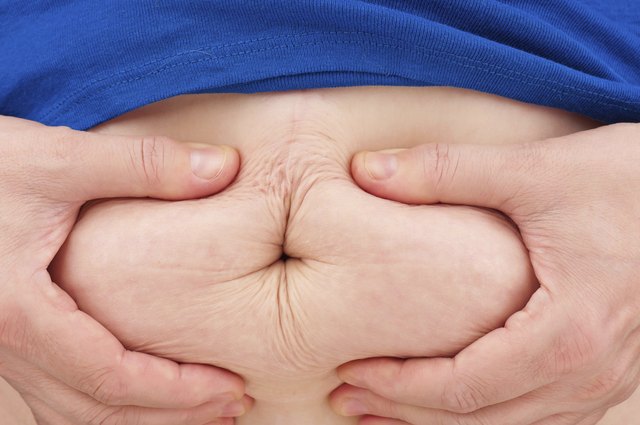Fat Cells Have Vital Role In Body Function

What do you think of when you read or hear the term ‘fat cells’? Do you think of globs of slippery gooey, yellow and oily deposits? Do you think of the excess weight of your body? Do you think of high BMI (body mass index) or the many warnings you get from your doctor and loved ones? Do you think about the juicy steak marbled with fat or the stuff you deep fry chicken and French fries in?
Or do you think of fat cells as body enemy #1?
What if I told you that without those dreaded and hated fat cells, your body would have many problems and probably not be able to function normally or at all?
Have you ever had the opportunity to see fat cells under a microscope or see photos of them? Most of them look like little balls filled with olive oil. Others take on a different appearance that looks more like the fat you trim off of that steak before you slap it on the grill.
The technical name of fat cells is adipocytes (adipose = fat and cytes=cells). There are two types of fat cells – white fat cells and brown fat cells. Some sources list a third type adipose or fat cell – marrow fat cells but they are less understood than the other two. They are primarily composed of triglycerides and cholesterols (remember your last blood work up?).
So, why are fat cells so important?
Most of the fat cells we think of in the body are white fat cells. One of their key functions is to store energy. Right after you eat, your insulin level goes up and the fat cells begin storing fatty acids from the foods or drinks you just had. When you start working, exercising, playing sports or other forms of physical activity, your insulin levels begin to drop and so does your energy levels, so your body begins drawing energy from the white fat cells.
Brown fat cells are rich in iron and have much higher concentrations of mitochondria. Mitochondria are tiny power houses that produce energy inside the cells, which in turn generate heat. Ever hear of the infamous ‘baby fat’ that makes so many newborns look like tiny Micheline babies? That’s mostly brown fat and as they begin to grow and develop, they burn off lots of the brown fat in order for their tiny bodies to maintain their body heat.
Fat cells also play important roles in helping us adults maintain our normal temperatures and without fat cells, many more people would freeze to death. They also serve to insulate nerve cells, which is important not only in protecting them from injury, but it also helps control the number of connections they send out to other cells. Without the fat cells, nerve cells would have so many connections that the body’s communication system would be highly crisscrossed and confused.
Fat cells not only store fat which is used for energy, but it also helps to store some vitamins that the body needs. Vitamins like C are water soluable which means what your body doesn’t use right away, is passed out of the body when you urinate. Ever take extra vitamin C when you aren’t feeling well? Did you know that a lot of that extra vitamin C you take is just wasted and passed out as waste? However, other vitamins are taken in by fat cells and released as the body needs them.
Fat cells also help serve as part of the membranes of every cell in your body and in the communication between those cells.
The bottom line is that fat cells are vital for a healthy body, but too many fat cells are not. The trick is to find the happy and healthy medium where you have enough fat cells to survive but not too many that will help to kill you sooner.








Recent Comments